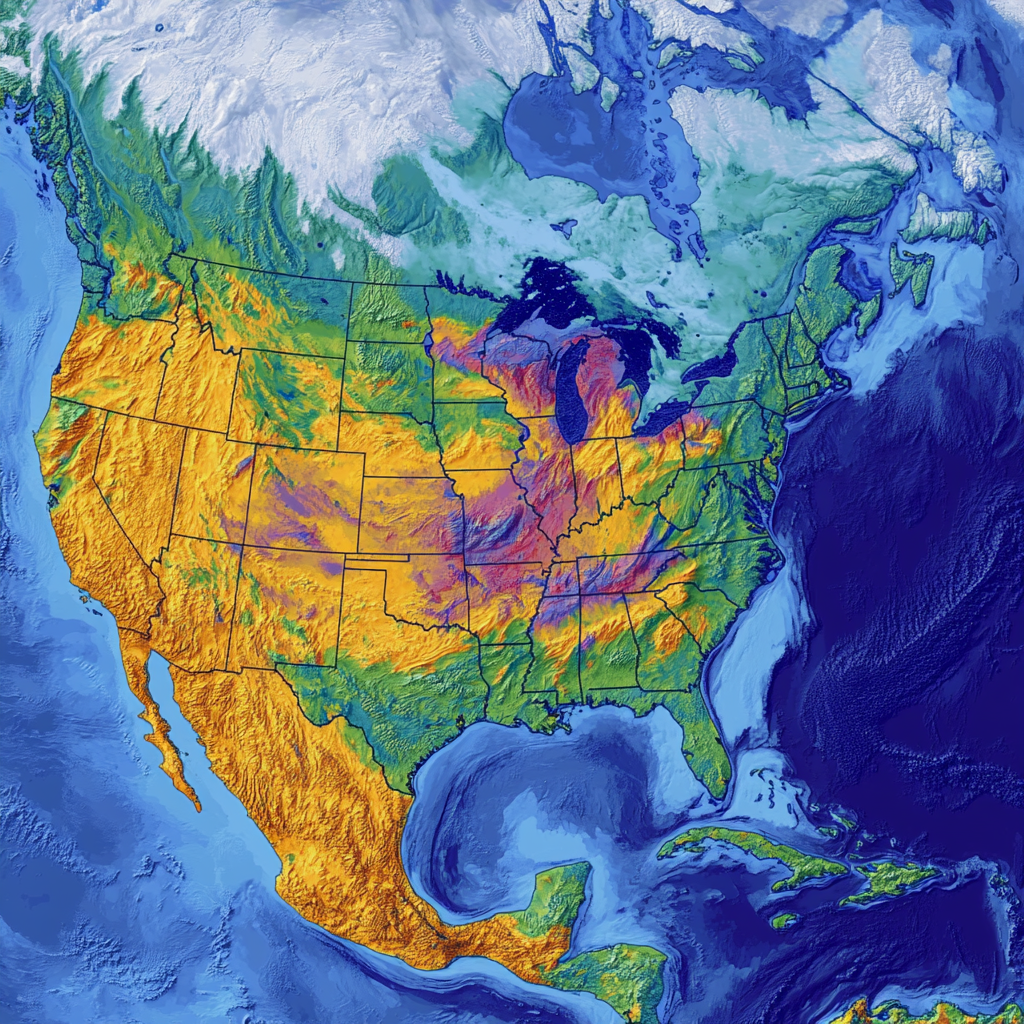UP IN FLAMES: Real Estate Commissions. (NAR) The National Association of REALTORS flipped the script. Goodbye to agent commissions?
Check out our reaction to Revnture➡️ https://youtu.be/1DAkMmkOupU
Subscribe to our second channel: https://www.youtube.com/channel/UCNK2EoAXQ-ykKBuyT2TdATQ
Ways to Work with Us
📲 Call Direct at 208-800-9073
📲 Email: info@goodnewsrealtygroup.com
📲 www.goodnewsrealtygroup.com
📲 Want us to reach out to you? https://forms.gle/RHP6tFHUZMZydnLK6
Buy us a coffee for support: https://www.buymeacoffee.com/gnrg
Connect with us!
FB: https://www.facebook.com/GoodNewsRealtyGroup
IG: https://www.instagram.com/goodnewsrealty
Blog and Real Estate Updates: https://www.gnrgmedia.com
Question – Do you think that the Real Estate Market is crashing or correcting?
Sponsor:
Tom Kirchmeyer NMLS # 1830886
208-996-6217
#housingmarket #interestrates #nationalassociationofrealtors
About this video:
The National Association of Realtors is facing an onslaught of legal challenges, and if this trend continues, it could potentially lead to a financial downfall. Additionally, a growing number of local real estate agents and brokers are opting to sever ties with the NAR in favor of pursuing independent paths. This shift, coupled with potential alterations in commission structures for transactions, holds the possibility of reshaping the landscape of deal-making in the real estate sector. Such changes are anticipated to significantly affect the U.S. economy as well. The high costs of real estate commissions, the evolving role and accountability of agents, and the potential financial implications for buyers due to shifts in commission structures and closing costs. We highlight a growing debate over whether the traditional roles of real estate agents are becoming obsolete in the face of digital platforms that enable direct transactions between buyers and sellers. Additionally, we discuss a broader community interest and concern, indicating a period of significant reflection and potential change within the industry regarding how transactions are conducted and how professionals are compensated.
Are you wondering about the current state of the housing market? Are you concerned about the potential for a market crash, or wondering if home prices will ever come down? Are you trying to understand why rent is so expensive? We aim to provide answers to these and other questions about the housing market in our weekly content.
Good News Realty Group, Boise Idaho.





